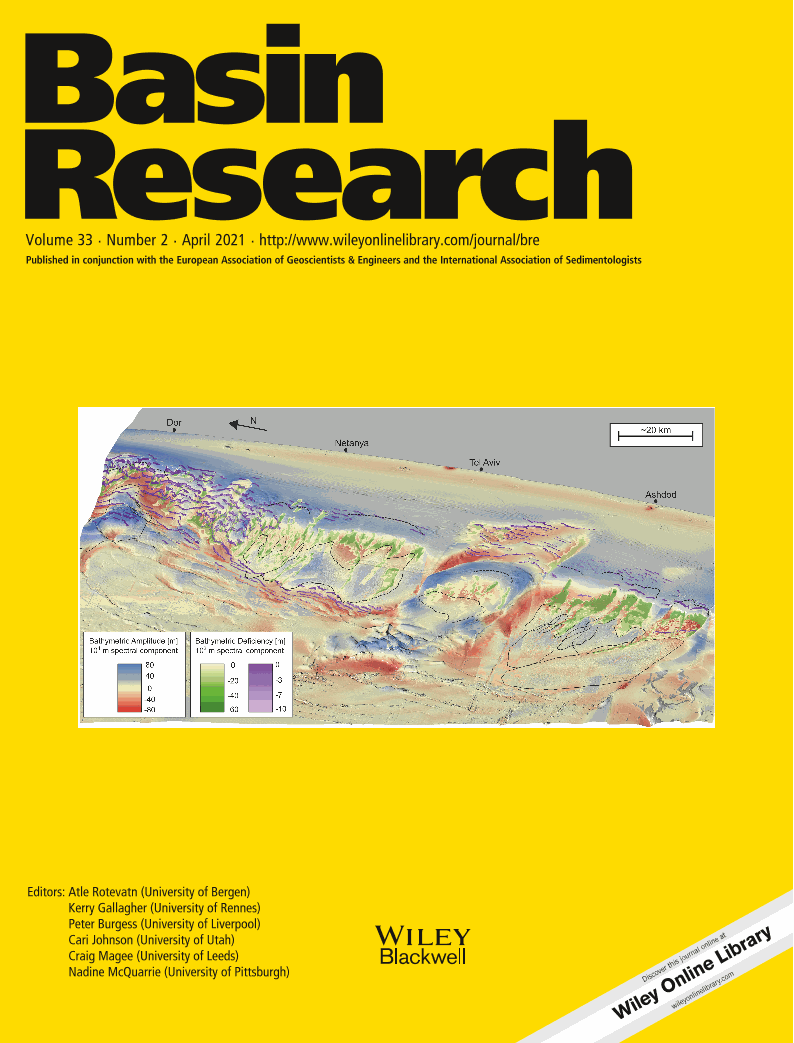
Full text loading...
 , Alessandro Amorosi3
, Alessandro Amorosi3 , Salvatore Milli1,2
, Salvatore Milli1,2 , Kathleen M. Marsaglia4
, Kathleen M. Marsaglia4
a) The Upper Pleistocene fluvial sand was sourced from a dynamic river system attributable to a distal paleo‐Po with episodic sediment input from South Alpine and Apennine rivers. b) In the Holocene wave‐dominated estuarine depositional system developed under transgressive conditions, Po‐derived detritus mixed in the coastal system with sediment fed by Central/Eastern Alpine Rivers, which was redistributed southwards by alongshore currents. c) and d) Late Holocene highstand depositional systems reflects progradation of Po delta lobes and adjacent strandplain resulting in mixed composition.
We examined downstream trends in sediment composition within the modern Po River system and defined provenance changes within a selected sector of the Upper Pleistocene to Holocene coastal plain in response to paleogeographic reorganisation during the last glacial‐interglacial cycle. Sediment composition of the Upper Pleistocene to Holocene alluvial and coastal plain succession overlaps with the modern petrofacies, suggesting that ancient fluvial sand was sourced from a dynamic river system attributable to a distal paleo‐Po with episodic sediment input from South Alpine and Apennine rivers. In the wave‐dominated estuarine depositional system developed under transgressive conditions, Po‐derived detritus mixed in the coastal system with sediment fed by Central/Eastern Alpine rivers, which was redistributed southwards by alongshore currents. A similar, mixed composition of late Holocene highstand depositional systems reflects the progradation of Po delta lobes (similar in composition to Po River sands) and adjacent strandplains (typified by sediment mixing due to alongshore transport). Compositional variability across the main stratigraphic surfaces suggests that autogenic processes (e.g. marine reworking, sedimentary mixing, delta switching/abandonment) in turn influenced by glacioeustasy, controlled the development of the transgressive and highstand Po Plain succession. This study clarifies the effect of fluvial‐marine interaction during the Holocene evolution of the Po coastal system and can be used as a model to interpret the evolution of many mixed‐delta types and Quaternary successions that shows alternating river‐flood and wave‐dominated deposits.
]
Article metrics loading...

Full text loading...
References


Data & Media loading...

